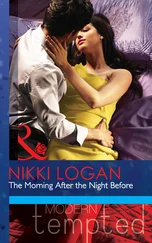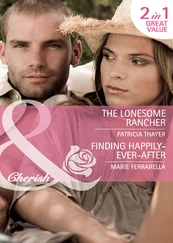The marchers had by then been joined by Mrs. Ann Cheatham, an English housewife from Ealing, who had flown across the Atlantic just to take part in the last two days of marching. “It seems to me an outrage,” she said. “I saw it on the telly — people being battered on the head. I came to show that the English are in sympathy. I can see there are a lot of odd bods on this march, but there were a lot in the marches on Aldermaston and Washington. This appalling business of barring white facilities to Negro children! People say it’s not my business, but I would deny that. It’s everybody’s business.”
In the early evening, a clergyman became violently ill, and doctors blamed the marchers’ water supply. The marchers had all along complained that the water tasted of kerosene, and, upon investigation, it turned out the water was in fact polluted, having come from a truck that was ordinarily used for draining septic tanks. (Fortunately, no other marchers seemed to suffer from the contamination.) Later, the singer Odetta appeared at the campsite, and found all the marchers, including another singer, Pete Seeger, fast asleep.
Wednesday, the fourth and last full day of marching, was sunny again, and the marchers set out in good spirits. In the morning, a minister who had rashly dropped out at a gas station to make a telephone call was punched by the owner, and a freelance newspaper photographer was struck on the ear by a passerby. (Although he required three stitches, he was heartened by the fact that a Montgomery policeman had come, with a flying tackle, to his rescue.) There seemed, however, to be fewer segregationists by the side of the road than usual — perhaps because the Montgomery Advertiser had been running a two-page advertisement, prepared by the City Commissioner’s Committee on Community Affairs, imploring citizens to be moderate and ignore the march. The coverage of the march in the Southern press had consistently amused the marchers. “Civil Righters Led by Communists” had been the headline in the Birmingham weekly Independent; the Selma Times-Journal , whose coverage of the march was relatively accurate, had editorialized about President Johnson, under the heading “A Modern Mussolini Speaks, ‘We Shall Overcome,”’ “No man in any generation … has ever held so much power in the palm of his hand, and that includes Caesar, Alexander, Genghis Khan, Napoleon, and Franklin D. Roosevelt”; and the Wednesday Advertiser’s sole front-page item concerning the march was a one-column, twenty-one-line account, lower right, of the Alabama legislature’s resolution condemning the demonstrators for being “sexually promiscuous.” (“It is well known that the white Southern segregationist is obsessed with fornication,” said John Lewis, chairman of SNCC. “And that is why there are so many shades of Negro.”) At 9 A.M., Ray Robin announced over radio station WHHY, in Montgomery, that “there is now evidence that women are returning to their homes from the march as expectant unwed mothers.” Several marchers commented, ironically, on the advanced state of medical science in Alabama.
By noon, most of the marchers were sunburned or just plain weather-burned. Two blacks scrawled the word “Vote” in sunburn cream on their foreheads and were photographed planting an American flag, Iwo Jima fashion, by the side of the road. Flags of all sorts, including state flags and church flags, had materialized in the hands of marchers. One of the few segregationists watching the procession stopped his jeering for a moment when he saw the American flag, and raised his hand in a salute. The singing had abated somewhat, and the marchers had become conversational.
“This area’s a study in social psychopathology,” said Henry Schwarzschild, executive secretary of LCDC (the Lawyers Constitutional Defense Committee). “In a way, they’re asking for a show of force like this, to make them face reality.”
“And there’s the ignorance,” said another civil-rights lawyer. “A relatively friendly sheriff in Sunflower County, Mississippi, warned me, confidentially, that my client was a ‘blue-gum nigger.’ ‘Their mouths are filled with poison,’ he said. ‘Don’t let him bite you.”’
“And what did you say?” asked a college student marching beside him.
“What could I say?” the lawyer replied. “I said I’d try to be careful.”
“The way I see this march,” said a young man from SNCC, “is as a march from the religious to the secular — from the chapel to the statehouse. For too long now, the Southern Negro’s only refuge has been the church. That’s why he prefers these SCLC ministers to the SNCC cats. But we’re going to change all that.”
“I’m worried, though, about the Maoists,” said the student.
“What do you mean by that, exactly?” asked another marcher.
“A Maoist. You know. From the Mau Mau.”
In the early afternoon, Dr. King and his wife, who had dropped out for a day in order for him to go to Cleveland to receive an award, rejoined the procession. The singing began again. Marching behind Dr. King was his friend the Reverend Morris H. Tynes, of Chicago, who teased Dr. King continuously. “Moses, can you let your people rest for a minute?” Mr. Tynes said. “Can you just let the homiletic smoke from your cigarette drift out of your mouth and engulf the multitude and let them rest?” Dr. King smiled. Some of the other marchers, who had tended to speak of him half in joking, half in reverent tones (most of them referred to him conversationally as “De Lawd”), laughed out loud.
A Volkswagen bus full of marchers from Chicago ran out of gas just short of the procession. “Now, we all believe in nonviolence,” one of the passengers said to the driver, “but if you don’t get this thing moving pretty soon …”
“Are you members of some sort of group?” asked a reporter, looking inside the bus.
“No,” said the driver. “We’re just individuals.”
At last, on the outskirts of Montgomery, the marchers reached their fourth campsite — the Catholic City of St. Jude, consisting of a church, a hospital, and a school built in a style that might be called Contemporary Romanesque. The four tents were pitched by the time they arrived, and they marched onto the grounds singing “We Have Overcome.” They also added two new verses to the song—“All the way from Selma” and “Our feet are soaked.” Inside the gates of St. Jude’s, they were greeted by a crowd of Montgomery blacks singing the national anthem.
“ What do you want?” the marchers chanted.
This time, the response from the onlookers was immediate and loud: “ Freedom! ”
“ When do you want it?”
“ Now! ”
“How much of it?”
“ All of it!”
On its fourth night, the march began to look first like a football rally, then like a carnival and a hootenanny, and finally like something dangerously close to a hysterical mob. Perhaps because of a new feeling of confidence, the security check at the main gate had been practically abandoned. Thousands of marchers poured in from Selma and Montgomery, some of them carrying luggage, and no one had time to examine its contents. The campsite was cold and almost completely dark, and a bomb or a rifle shot would have left everyone helpless. Word got out that doctors on the march had treated several cases of strep throat, two of pneumonia, one of advanced pulmonary tuberculosis, and one of epilepsy, and because of the number and variety of sick and handicapped who had made the march a macabre new joke began to go the rounds: “What has five hundred and ninety-nine legs, five hundred and ninety-eight eyes, an indeterminate number of germs, and walks singing? The march from Selma.”
Читать дальше
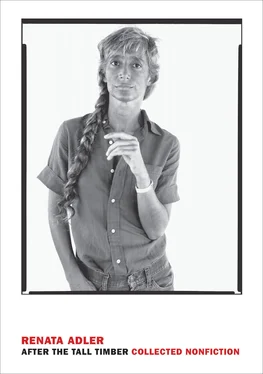
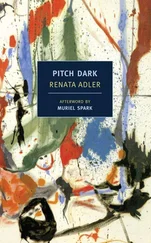


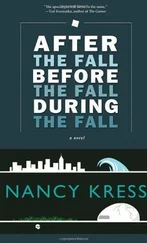
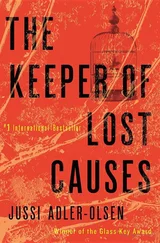
![Джеффри Арчер - The Short, the Long and the Tall [С иллюстрациями]](/books/388600/dzheffri-archer-the-short-the-long-and-the-tall-s-thumb.webp)
